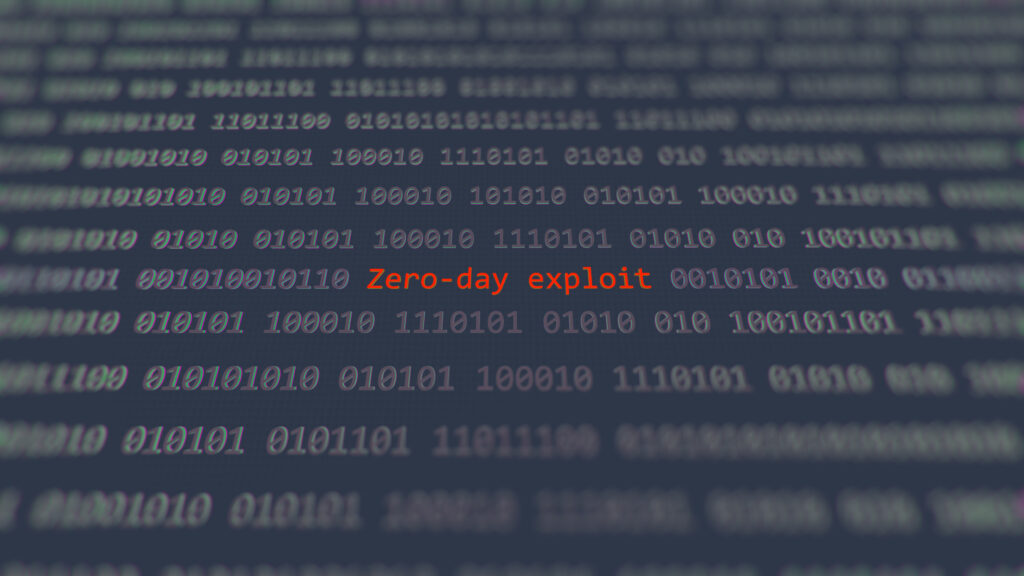In 2022, security researchers from Google found the second-highest number of zero-day vulnerabilities in the wild, with 41 detected, representing a 40% drop from the previous year. However, this decline does not necessarily indicate improved security, as there were concerning developments. Android vulnerabilities, for example, remained unpatched for lengthy periods due to the gap between upstream vendors and downstream manufacturers. Additionally, hackers increasingly utilized 0-click exploits that target components rather than relying on victims to click something.
Furthermore, more than 40% of the zero-days discovered were variants of previously reported vulnerabilities, continuing an unsettling trend. To address these issues, vendors must deliver patches and mitigations faster, provide detailed information on root causes, and adopt broader mitigations similar to browsers to eliminate entire classes of vulnerabilities.
Why it matters: Zero-day vulnerabilities are critical security flaws that are unknown to vendors and can be exploited by threat actors until they are patched. Their discovery and exploitation pose significant risks to users, making it crucial for organizations and individuals to understand their prevalence and potential impact. Addressing zero-day vulnerabilities effectively is essential for enhancing overall cybersecurity and safeguarding digital environments from sophisticated attacks.
- The cybersecurity landscape is constantly evolving, and threat actors continue to exploit new and existing vulnerabilities. The overall threat remains significant even with the 40% drop in the number of zero days discovered in 2022.
- The fact that more than 20% of the zero-days were variants of previous in-the-wild exploits indicates a persistent threat landscape.
- Addressing zero-day vulnerabilities requires a multifaceted approach that involves timely patching, improved collaboration, transparency in disclosure, and proactive defense strategies. It is not too late for organizations to enhance their cybersecurity posture and protect their assets and users from attacks.






